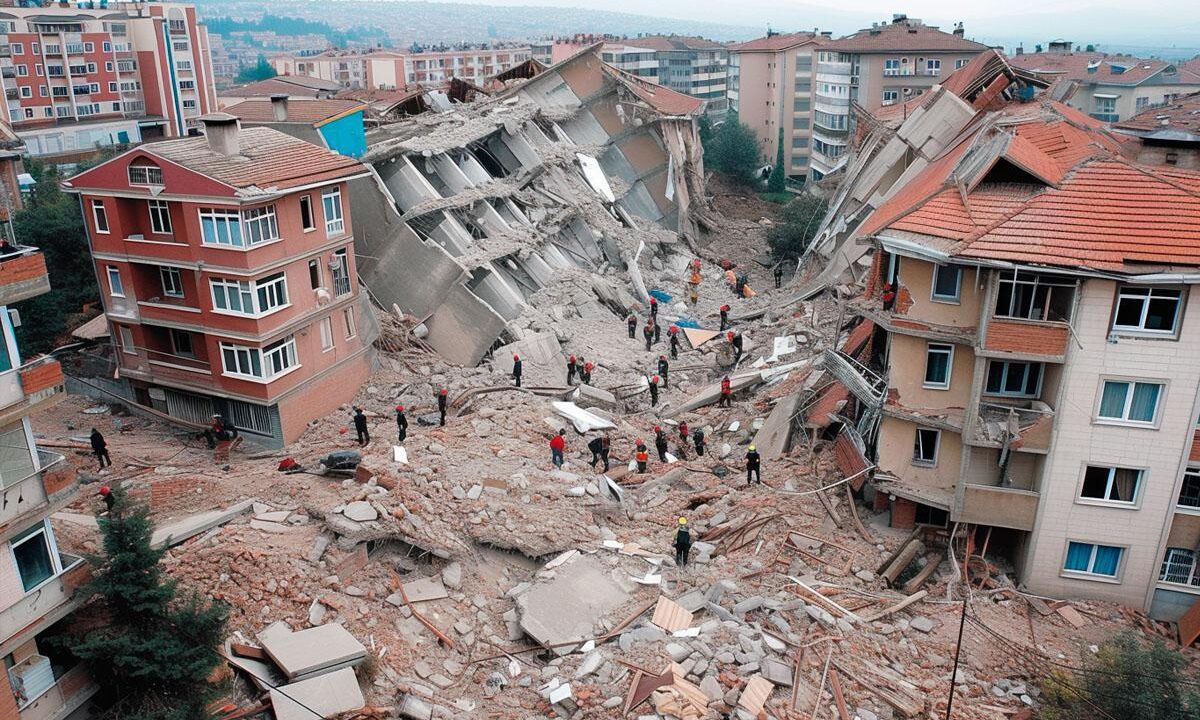
Spain, located in southwestern Europe, is known for its diverse landscape, rich cultural heritage and mild climate. However, unlike some other countries in Europe and the world, Spain is not often affected by earthquakes. The reasons for this phenomenon lie in the geological structure and tectonic activity of the region.
Spain’s geologic position
Spain is located at the intersection of two tectonic plates: the Eurasian and African plates. However, tectonic activity at their boundaries is not as intense as, for example, at plate boundaries in the Pacific Ring of Fire or in Turkey, which is at the intersection of several tectonic plates.
The main zones of tectonic activity affecting Spain are located in the south of the country and in the Mediterranean Sea. These are the Alboran Sea, which is a subduction zone, and the Betik Mountain Range in the south of the country. However, this subduction zone does not manifest itself as strongly as other similar zones in the world.
Tectonic plates and their movement
Although Spain is located at the boundary of two major tectonic plates, their speed of movement relative to each other is low. The Eurasian plate is moving northeastward and the African plate is moving northward. This movement causes stress in the Earth’s crust, but because of the low speed of this movement and the complex structure of the plate boundary, the stress is released gradually rather than in sudden jolts as in other regions.
Historic earthquakes in Spain
Although large earthquakes are rare in Spain, they have still occurred. One of the most famous occurred in 1884 in the province of Granada, near the town of Alhama, and had a magnitude of about 6.5. This earthquake caused significant damage and loss of life. However, such events are infrequent and their frequency is much lower compared to regions of high seismic activity.
Seismic activity in Spain today
Modern seismologists and geophysicists continue to scrutinize tectonic processes in Spain. Networks of seismographs have been installed in the country to record even the smallest tremors. Thanks to this data, scientists can make forecasts and develop measures to reduce risks for the population.
Closure
Thus, Spain is not a country with high seismic activity due to its geological position and the slow movement of the tectonic plates. Despite the rare occurrences of strong earthquakes in the past, in general, Spain remains a relatively safe country in this respect. This does not negate the need for seismic monitoring and preparation for possible natural disasters, but allows residents and visitors to enjoy life without the constant fear of earthquakes.

